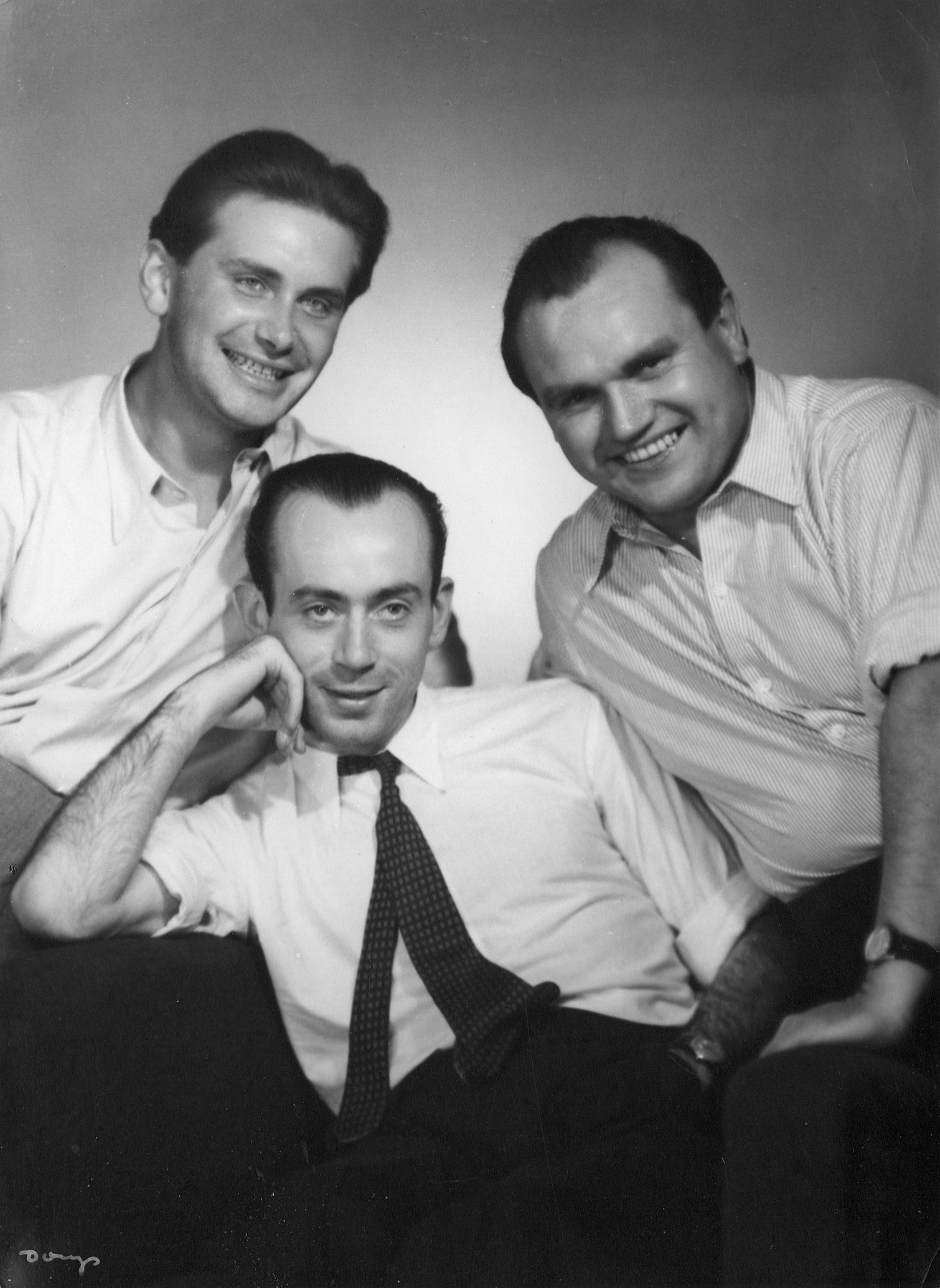Socialist realism
The concept of socialist realism originated in the former Soviet Union in the 1930s. The artists were to present "a faithful image of reality, firmly rooted in history, in the course of revolutionary transformations". The concept of socialist realism originated in the former Soviet Union in the 1930s. Efforts were taken to draw artists and their works into a propaganda campaign spreading an ideology that was in line with the thinking of the communist authorities.
After 1945 the socialist realist doctrine or creative method was imposed on artists in all countries of the so-called Eastern Bloc. Polish composers active in the post-war decade were, too, forced to write music that conformed to the principles of socialist realism. The principles were never formulated in a precise manner, but, generally speaking, they concerned comprehensibility and optimism, cultivation of the national character of music, avoidance of experiments as well as composers’ greater commitment to the musical education of society. Musical works were judged with regard to their compliance with ideology, but their authors could never be certain what the verdict would be, whether their music would be condemned or praised – they were under constant pressure and control of the authorities.
The moment in which socialist realism became the dominant feature of Poland’s cultural policy coincided with Kazimierz Serocki’s true debut as a composer. During the National Congress of Composers and Music Critics in Łagów Lubuski, in August 1949, he entered into a “creative alliance”, called Group 49, with Tadeusz Baird and Jan Krenz. In the face of nearly complete suppression of artistic freedom, the three young composers decided to join their forces to survive the difficult time. Using the group’s official programme as a “smoke screen”, they hid behind it their ambition to create music of high artistic quality and original means of expression. Serocki was also active as a pianist – he would personally perform his own pieces as well as those of his colleagues in concert.

Portrait of Group 49. Photo: Benedykt Jerzy Dorys
Consequently, Serocki added to his oeuvre, on the one hand, a considerable number of “engaged” and socially useful works, i.e. primarily mass songs, and on the other – a number of works in which, despite the limitations imposed on him, he did achieve his goals. Remembering the times of socialist realism, the composer said,
“At that time we composed grand symphonies, sometimes full of pathos – though technically quite decent – in a style which dominated Polish musical life of the period and which consisted of neoclassicism, lyrical emotionalism and elements of Polish folklore.”
It was precisely folklore and its artistic transformation that gave Serocki an opportunity to express himself individually with quite modern means (with regard to harmony, rhythm and colour) and, at the same time, fulfil the demand to create national music. He introduced folkloristic notes both into his chamber and symphonic works (e.g. Three Kurpie Melodies, Four Folk Dances, Symphony No. 1, Symphony No. 2 called Symphony of Song, Romantic Concerto for piano), and into his compositions for the trombone (Trombone Concerto, Sonatina for trombone and piano, Suite for four trombones), which to this day have remained his most frequently performed pieces. At the same time he was increasingly attracted to the dodecaphonic technique and some formal solutions used by Bartók, which is manifested in works like Suite of Preludes for piano or Sonata for piano. When political thaw came to Poland following Stalin’s death, Serocki was ready to take up new challenges associated with the opening of the local musical circles to avant-garde ideas.
